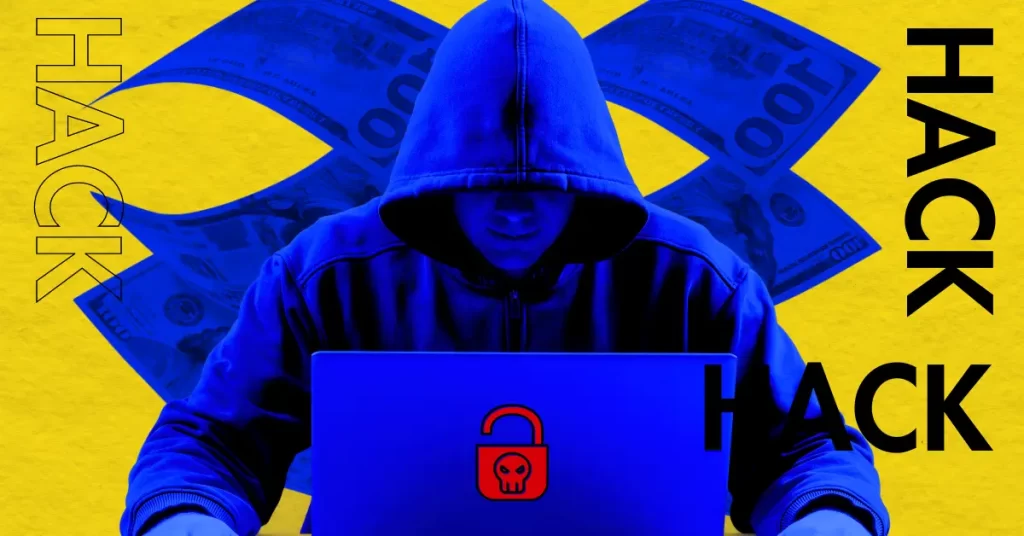Base Network Vulnerabilities Exposed Post the Latest Hack Highlighting Design Faults
0
0

The post Base Network Vulnerabilities Exposed Post the Latest Hack Highlighting Design Faults appeared first on Coinpedia Fintech News
The Grand Base DeFi attack where more than $2 million is known to have been stolen is an indicator of a lack of overall security of Layer 2 networks like Base.
The newly established Grand Base ecosystem with its cross-chain interoperability and asset transfer capabilities fell victim to an advanced hack, portraying a serious design fault within the Base network.
Read on further to know why Base Network has become the recent favorite of hackers and what the core fault is in the design of Base Network.
The Grand Base DeFi’s $2 million hack
The stealthy hack, achieved by gaining control of the private keys, resulted in the mined GP tokens being dumped in the market causing massive slippage that severely affected the protocol’s overall stability along with a 99% drop in token price. This exploit with more than $2 million loss proves the necessity of bringing in stronger security measures and strict limitations in the DeFi environment.
In response to the Grand Base hack, the project’s team immediately communicated via Telegram, reminding everyone to implement more security measures and stressing the team’s intention to deal with the breach squarely.
The on-chain investigator ZachXBT, who identifies suspicious transactions and scamming activities, has acted as a whistle-blower by providing vital information about the transactions in the Base blockchain.
As per Zach’s XBT study, the irregular transfer of huge values of assets has been detected and this has created some dangling threads that are being used to exploit and penetrate the network.
Phishing Scams wreak havoc on Base Chain: $2M gone in just 24 hours
Not just the hack, recently there occurred an attack on the Base network along with a series of phishing scams that resulted in over $2 million in losses in 24 hours only.
ScamSniffer reported that a victim of a horrific phishing scam lost $1.2 million in AERO tokens. On the other hand, there was also another person’s signing of the ERC20 permit which was fraudulent, leading to a loss amounting to $846,610 worth of $DEGEN tokens.
What’s the main vulnerability on the Base network?
The vulnerabilities of the Base layer design itself provide a space for attackers to maneuver and that is why they target such points. A notable risk is the intricate data transmission protocols which allow the cross-blockchain interactions to occur.
The features of protocols as such become the additional attack surface for hackers who are always on the lookout for loopholes and coding errors in smart contracts.
Furthermore, the system contains flaws not only in its Base network but also at the design level in the Ethereum Virtual Machine (EVM). The EVM, also known as the runtime environment for smart contracts on Ethereum and other compatible chains, has built-in constraints when it comes to its design which attackers can utilize to their advantage.
Despite the strength of EVM architecture, both stack overflow and underflow as well as the reentrancy attacks can occur when the smart contract code is not properly managed.
In the same way, EVM does not have built-in security functionality that can curb some attacks related to integer overflow or unauthorized access control. Smart contract developers who are designing the functionality of smart contracts must have assured security practices in place to address the vulnerabilities but errors or omissions in the coding may lead to insecurity in the design.
The future of the Base ecosystem is what?
The development team needs to focus on enhancing the security of the network design in such a way that hacker attacks and other threats are prevented in the future which makes the assets safer.
It is time to develop a complete security mechanism to protect crypto asset holders and their digital assets from unauthorized access. Secure protocols and rigorous oversight by experienced auditing firms are the major prerequisites to eliminate threats of phishing scams and intrinsic weaknesses within the DeFi environment.
0
0
 Manage all your crypto, NFT and DeFi from one place
Manage all your crypto, NFT and DeFi from one placeSecurely connect the portfolio you’re using to start.



